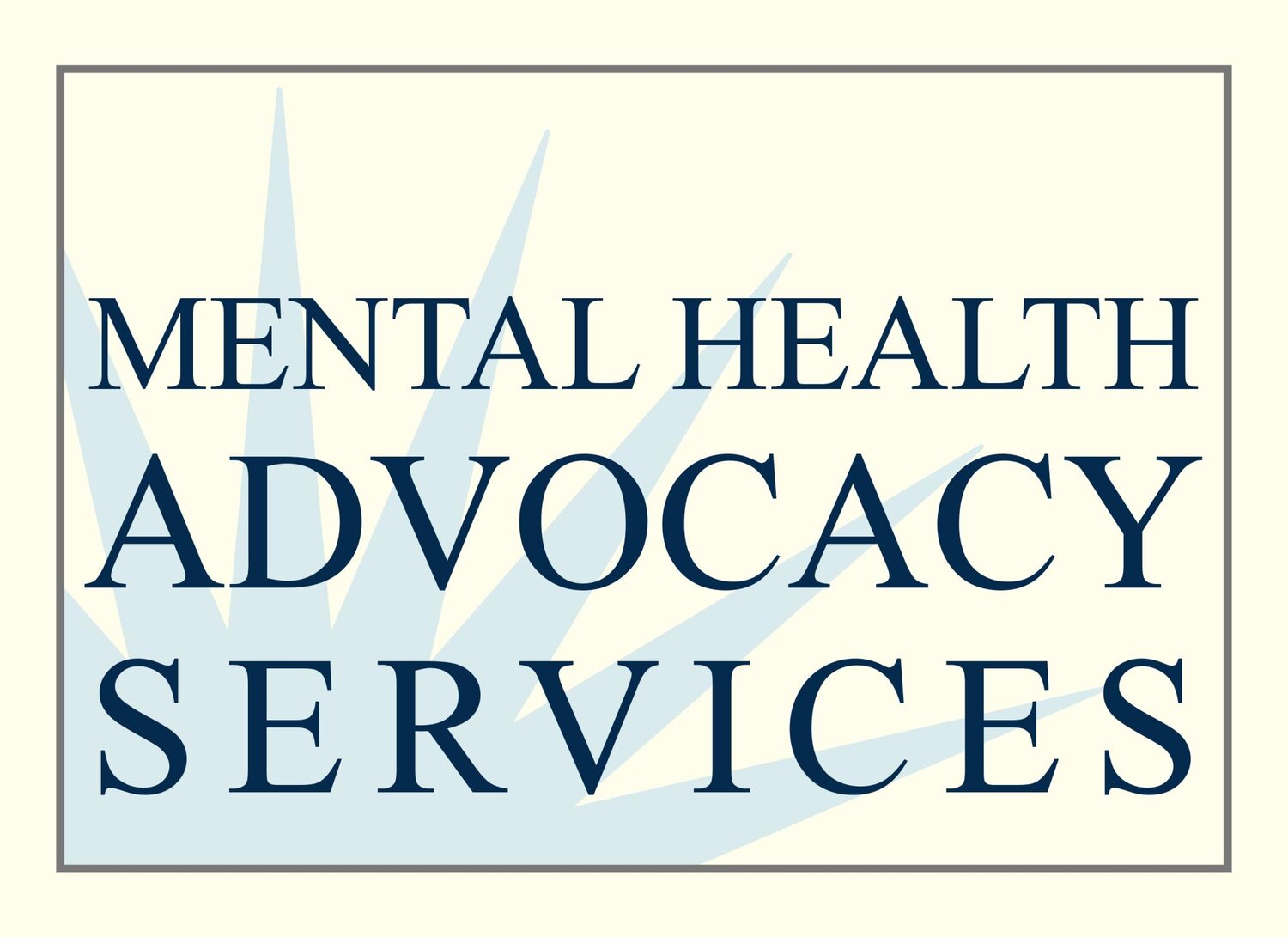Transitioning to Direct Restorative Communities and CMHACY, Part II
In my final post as the Education Law Public Service Fellow at Mental Health Advocacy Services, Inc., I’m pleased to share with you some successes of our recent work as well as my hopes moving forward.Last week, MHAS attorney Nancy Shea shared her reflections on our participation with the California Mental Health Advocates for Children and Youth (CMHACY) conference in Monterey Bay earlier this month. Eliza Schafler and I had the opportunity to present a workshop, “Cutting-Edge Collaborations for Children’s Mental Health: Restorative Justice and Behavioral Health-Legal Partnership.” We were thrilled by the high number of participants in attendance, invigorated by the thoughtful questions posed at our workshop, and honored to share our knowledge as well as gain so much from others doing amazing work all around the state.Eliza and I each shared a bit about the need for collaboration between organizations and legal services. For BeHelp, the social determinants of health include a myriad of legal issues – from fair housing to immigration to public benefits and more – which Eliza sees on a weekly basis. For Restorative Justice, the school to prison pipeline, disproportionate suspension rates for students with disabilities and African American students, and push for mental health services and social-emotional literacy in schools all have a history of legal advocacy and a need for transparent monitoring. We described the goals, processes, and progress of each of our projects, and also heard great ideas to move our collaborations forward.Personally, I was most excited to share some of our preliminary school discipline data. We still have a few weeks of school to finalize and confirm our numbers, but thus far:
- Compared to this time last year, our overall suspensions at two schools have decreased by 65% and 90%
- For students with disabilities, suspensions have decreased by 40% at the high school, and nearly 75% at our middle schools
- Compared to this time last year, disproportionate suspensions of African American students at our middle schools have been reduced by 60% and 92%
- We’ve gained roughly 300 days of instruction at each of the middle schools because of reduced suspensions!
The final numbers and evaluation results will be shared in an annual report this summer, which I will be writing in collaboration with MHAS from my new position.I’m excited to announce that because of the great work of restorative justice this year and also because of the persistent advocacy of school staff and community members, the Partnership for Los Angeles Schools has asked me to join their team full-time to lead network-wide strategies to improve school culture and truly develop restorative communities. The creation of a new role for this work demonstrates not only the Partnership’s commitment to strengthening relationships and systems, but also the recognized need for dedicated efforts to implement the School Climate Bill of Rights with fidelity, transparency, optimism and instructional leadership.I’m deeply grateful to the Epstein Program in Public Interest Law and Policy at UCLA School of Law for not only a transformative legal education but also for supporting me with a fellowship to do the work this year. I’m appreciative of the staff at MHAS, especially Pam Marx, who has helped me grow as an advocate and has strengthened my writing, my legal instincts, and my character. And I’m deeply indebted to the three RJ Coordinators, Nyoka Acevedo, Gilbert Salazar, and Michelle Ferrer, and our partners Belia Saavedra and Alicia Virani at CCEJ, who have helped our teachers and our young people build community and express themselves. Because of them, our students are learning to speak with respect, use positive language, and – like the student artwork above shows – listen from the heart.I’m hopeful that the progress with restorative discipline will continue so that more students, teachers and school community members strengthen relationships with each other, reduce harm on campus, and ultimately provide safer, more respectful classroom climates and school cultures so that more of our scholars have the opportunity to attain an excellent education.
